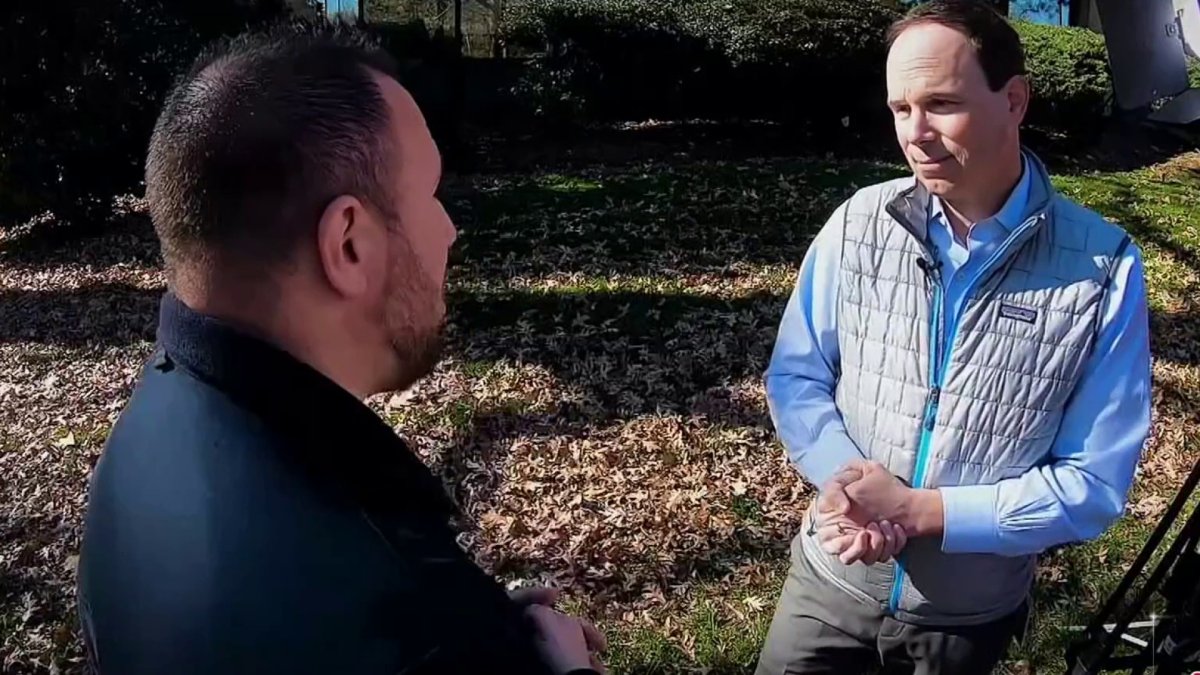
Connecticut has one of the highest rates of drunk driving fatalities in the country. But confirming a driver is impaired by cannabis is more complicated than determining alcohol impairment.
Driving high equals a DUI. That’s the message the Connecticut Department of Transportation has been driving home since the state legalized adult-use cannabis in 2021.
Connecticut has one of the highest rates of drunken driving fatalities in the country. But confirming a driver is impaired by cannabis is more complicated than determining alcohol impairment.
“All of a sudden, just the sound, the sound of the crash. I didn't even realize the car had spun. I didn't realize any of that,” said Susan Klein, whose husband Kevin was killed in 2015 when their vehicle was hit on Interstate 84 in Middlebury.
“It was probably over an hour that took them to get him out. And then they wouldn't tell me anything,” Klein said.
Get Connecticut local news, weather forecasts and entertainment stories to your inbox. Sign up for NBC Connecticut newsletters.
Later, Klein learned the 18-year-old woman who caused the crash had been using marijuana, according to police. A blood test revealed the presence of THC, the psychoactive component of cannabis.
The driver pleaded no contest to manslaughter in 2019 and served two years in prison. Klein believes the judicial process took much longer than it would have if the driver had been drunk.
“We don’t have the same consistent standard across the board [with cannabis] that we do with alcohol,” said Tom Chapman with the National Transportation Safety Board (NTSB).
Local
“Various drugs metabolize at different rates. Various drugs have different impacts on people. So, we don't have the same understanding of at what level of impairment and what level of concentration in the body impairment exists,” he said.
The laws on cannabis impairment vary in states where it is legal.
Five states have per se laws, which set specific THC limits for impairment. Illinois, Montana and Washington consider a driver legally impaired at five nanograms per milliliter (ng/ml) of THC. In Ohio and Nevada, the limit is 2 ng/ml. Colorado law states a THC level of 5 ng/ml creates a “permissible inference” that the person is under the influence of cannabis.
A dozen other states have zero-tolerance laws for THC.
In Connecticut, the responsibility of determining impairment falls to specialized Drug Recognition Experts (DRE), who are called in after an arrest and are trained to recognize the effects of seven drug categories.
Connecticut currently has 47 DREs with 15 more currently undergoing training.
“So cannabis specifically, we see that some people have impaired memory, impaired perception of time and distance,” said Cpl. Kevin Geraci with South Windsor Police.
Another difficulty with cannabis is that it comes in many forms, and it is much stronger than it was just a few decades ago.
“Any time they take marijuana and they turn it into those oils and things like that, they're higher concentration than just smoking the plant materials,” Geraci said.
In March, a bus driver pulled over to the side of I-95 in Stratford after allegedly eating fruit chews infused with cannabis. State Police found him slumped over the wheel and a package of edibles on the dashboard, according to the arrest warrant affidavit.
A passenger on the bus, Scott Beiben, spoke exclusively with NBC Connecticut about the incident.
“The driver actually told one of the passengers next to me that he ate a bunch of edibles and didn't feel good,” he said.
Beiben said they had been driving for about two hours before the incident.
The driver is charged with illegally operating a motor vehicle under the influence and 38 counts of reckless endangerment, one for each passenger on board.
“Don't eat edibles and drive, please. Do it at home,” Beiben said.
That message doesn’t appear to be sinking in for a lot of people, though. A 2020 report by Mothers Against Drunk Driving shows 60% of people surveyed do not think driving high is a serious crime.
“When they use the word recreational … that to me says you're going to party with it,” Klein said.
She hopes telling Kevin’s story will help people understand that driving after using cannabis is just as dangerous as driving drunk.
“They say the first year is the hardest. But the second, third, fourth going on, it's harder because you start remembering the life,” she said. “I lost my best person.”
It’s important to note that while Connecticut law allows passengers in a vehicle to consume alcohol, the same is not true for cannabis. The law specifically prohibits passengers from “smoking or otherwise inhaling or ingesting cannabis.”